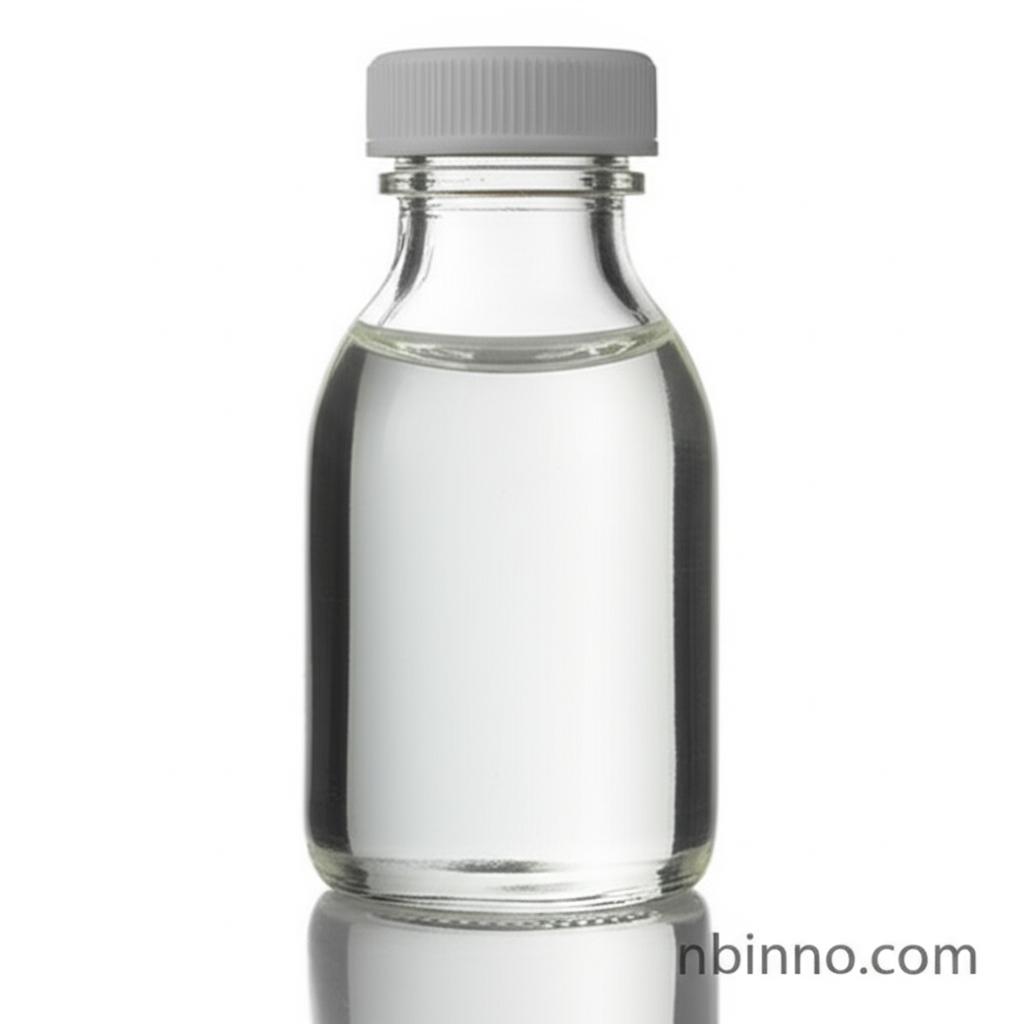Ethyl 2-bromovalerate: A Key Intermediate in Modern Chemistry
Discover the pivotal role of Ethyl 2-bromovalerate (CAS 615-83-8) in driving innovation across pharmaceuticals, dyestuffs, and biocatalysis. Learn how this versatile compound contributes to efficient organic synthesis and the production of high-value chiral molecules.
Get a Quote & SampleThe Core Value of Ethyl 2-bromovalerate

Ethyl 2-bromovalerate
As a premier supplier in China, we offer high-purity Ethyl 2-bromovalerate (CAS 615-83-8), an indispensable building block in organic synthesis. Its well-defined chemical structure, featuring a reactive alpha-bromine atom and an ester group, makes it exceptionally useful for a wide array of chemical transformations. We are committed to providing reliable chemical solutions as a leading manufacturer in China.
- Advanced Organic Synthesis: Leverage Ethyl 2-bromovalerate for efficient organic synthesis, enabling the creation of complex molecular structures for various industrial applications.
- Crucial Pharmaceutical Intermediate: Utilize this compound as a vital pharmaceutical intermediate, supporting the development of novel therapeutic agents and contributing to drug discovery pipelines.
- Biocatalysis and Chiral Chemistry: Explore the applications of Ethyl 2-bromovalerate in biocatalysis, particularly for the efficient resolution of chiral compounds to produce high-purity enantiomers.
- Pesticide Synthesis Advancement: Discover its role as a key pesticide intermediate, contributing to the synthesis of active ingredients like pyrethroid pesticides.
Key Advantages and Benefits
Enhanced Reactivity for Synthesis
The strategically placed bromine atom on the alpha-carbon of Ethyl 2-bromovalerate makes it highly reactive towards nucleophilic substitution, a cornerstone of many organic synthesis pathways.
Chiral Resolution Efficiency
Its utility in chiral compound splitting via biocatalysis allows for the cost-effective production of enantiomerically pure compounds, vital for the pharmaceutical and agrochemical industries.
Improved Dye Performance
In the dyestuffs industry, Ethyl 2-bromovalerate acts as a functional modifier, enhancing the properties of dyes and contributing to brighter colors and better fastness, supporting the development of advanced textile applications.
Key Applications
Pharmaceutical Synthesis
As a critical pharmaceutical intermediate, Ethyl 2-bromovalerate is instrumental in synthesizing various drug molecules, including those with antimicrobial and antiviral properties.
Agrochemical Production
It serves as a key component in the production of pesticides, notably as an intermediate for pyrethroid insecticides, contributing to crop protection and agricultural efficiency.
Dyestuff and Pigment Industry
Ethyl 2-bromovalerate is employed as a dyestuff intermediate and modifier, impacting color vibrancy and durability in textile and other coloring applications.
Chiral Technologies
Its application in biocatalysis for chiral resolution is a significant advancement, enabling the production of single-configuration products essential for complex biological and pharmaceutical applications.
